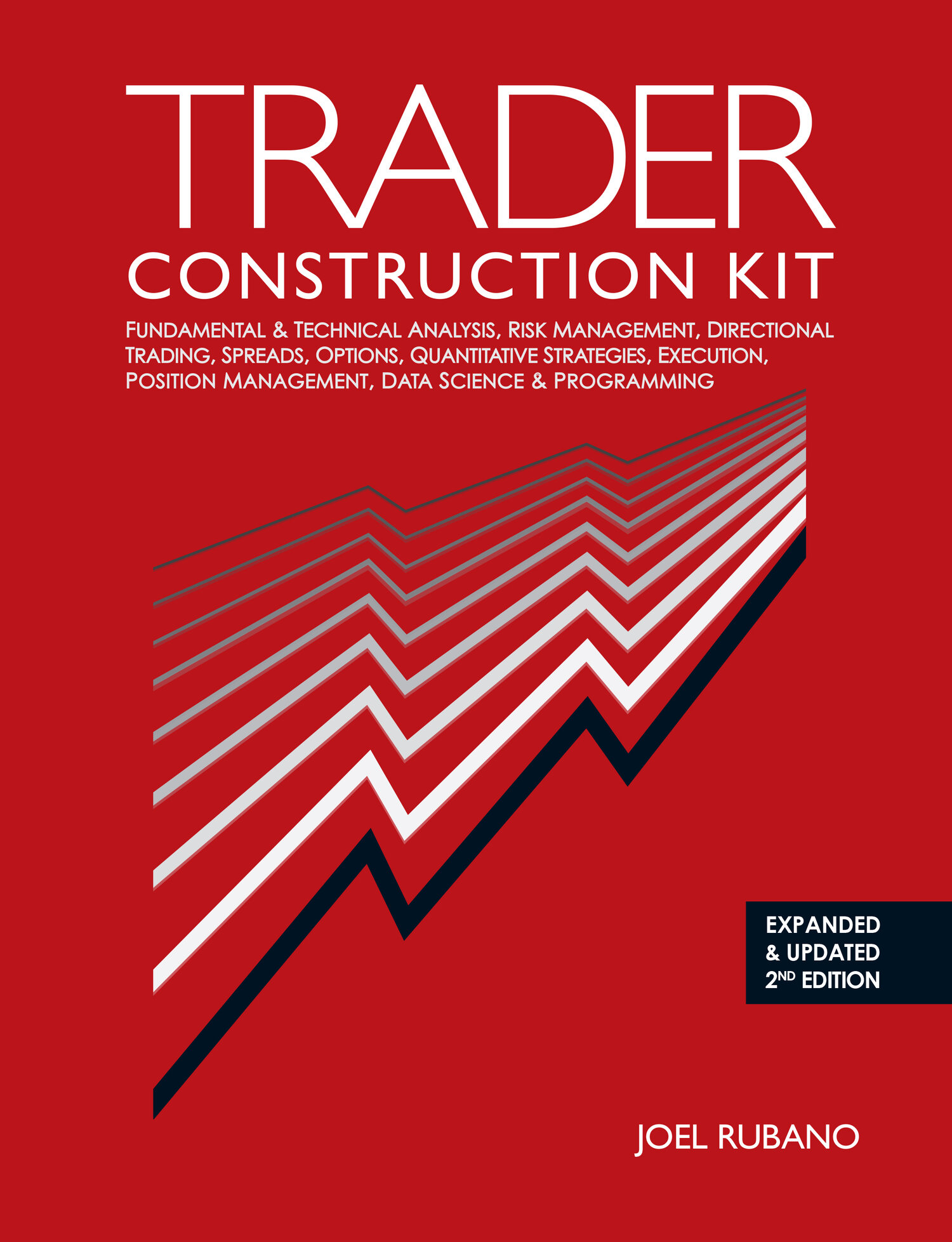Sooner or later, even a highly disciplined trader with a fundamentally sound, well-constructed position will experience a large enough exogenous market shock to step-function prices through their stop-loss levels. Large losses can also occur as a result of a discipline breakdown, where a small- to medium-sized losing trade is neglected or mismanaged until it becomes a legitimate problem. Regardless of whether the damage is self-inflicted or the result of a low-probability event, the trader needs to deal with the problem as efficiently as possible and prepare for the inevitable consequences.
If there is time, the trader needs to immediately notify management and the risk group as to the position, the estimated P&L impact, and the mitigation plan. This demonstrates that the trader is aware, engaged, and to the extent possible, managing the position. Managers hate losses, but they will never forgive being blindsided by a trader. Just as a trader has to deal with the immediate market consequences, the manager has to deal with the subsequent organizational consequences, which may involve shifting exposures or requesting additional resources if the trader’s loss is impactful to the firm as a whole.
With the immediate reporting taken care of, the trader needs to fix the problem. There is no point in hashing through the logic, re-examining the underlying rationale, or engaging in any other time-wasting activity. The exposure that is currently destroying the P&L is no longer a decision item; it is a problem that needs to be solved as quickly and efficiently as possible. In the aftermath of an unusual market event there is only a certain amount of liquidity to be had, typically significantly less than normal. The trader needs to capitalize on whatever narrow execution window exists to take off or neutralize the position before the market becomes untradeable.
Once the exposure has been mitigated, the trader needs to start working on organizational and career damage control. There will be questions from management about the decision-making process, the size and composition of the exposure, and the overall handling of the risk. The trader should pre-empt these as much as possible by giving the rationale, the market events that unfolded to impact the trade, the P&L estimate, and the lessons learned going forward. By providing this information before it is asked for, the trader appears engaged and in control of the situation. This is critical, because senior management will certainly be reevaluating the trader’s future risk-taking activities in terms of both size and scope, and possibly his future on the desk. They may stop by to have a chat to see how the trader is doing. They do not care how the trader is doing, they are checking to see if the trader is broken, defective, or is worn out and needs to be replaced. It is permissible to be unhappy, it is never permissible to be out of control, throwing a tantrum, or acting like a child. Management will want to see that the trader has accepted responsibility, understands what happened and why the trade was not successful, and has a plan for incorporating this information into going-forward analysis and future risk taking.
Once the dust has cleared, some traders immediately want to jump into the market and try to earn it all back as quickly as possible. This is a temptation that most traders should probably resist, as their decision-making process is likely highly compromised and their market view cannot be robust. There will also be a temporarily skewed personal risk-reward relationship, where making back some small quantity of money is marginally useful, but losing incremental dollars while under heightened management scrutiny will look very, very bad.
A trader’s first post-disaster trade should be a model of risk-reward assessment, clear analysis, and flawless communication about the rationale, goals, and execution strategy. It should be appropriately sized for the trader’s new economic reality and standing relative to allocated limits and goals. This can be frustrating, particularly if the trader had been running well and accustomed to larger bets with the house’s money. Starting from zero, which is in many ways what every trader is doing post-disaster, is all about rebuilding credibility and confidence along with P&L. Large losses are part of the game, and on a long enough timeframe they will eventually happen to everyone. Having a career as a professional trader is highly dependent on developing good crisis management skills to ensure that the first bad position isn’t the last.
From Chapter 14 - Managing Positions & Portfolios, Pages 550-551.
To read more, click here. To purchase Trader Construction Kit, click here. To see future updates about new Excerpts, follow @TCK_JRubano on Twitter.
Excerpt from Trader Construction Kit Copyright © 2016 Joel Rubano. All rights reserved. No part may be reproduced in any form or by any electronic or mechanical means, including information storage and retrieval systems, without permission in writing from the publisher, except by reviewers, who may quote brief passages in a review.
